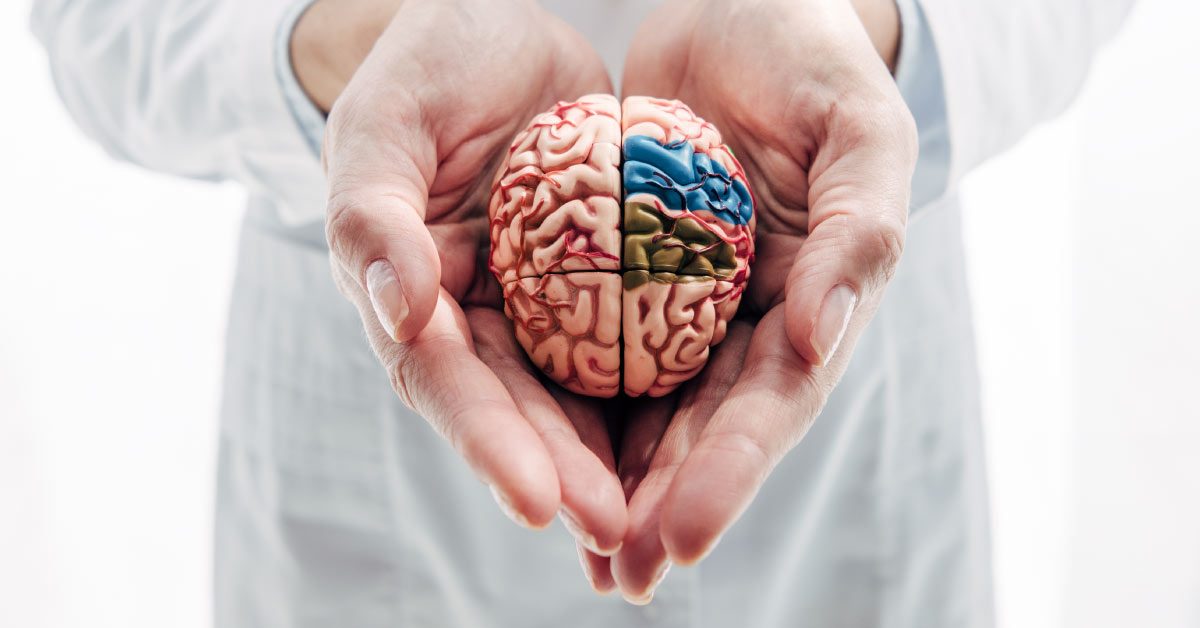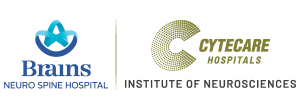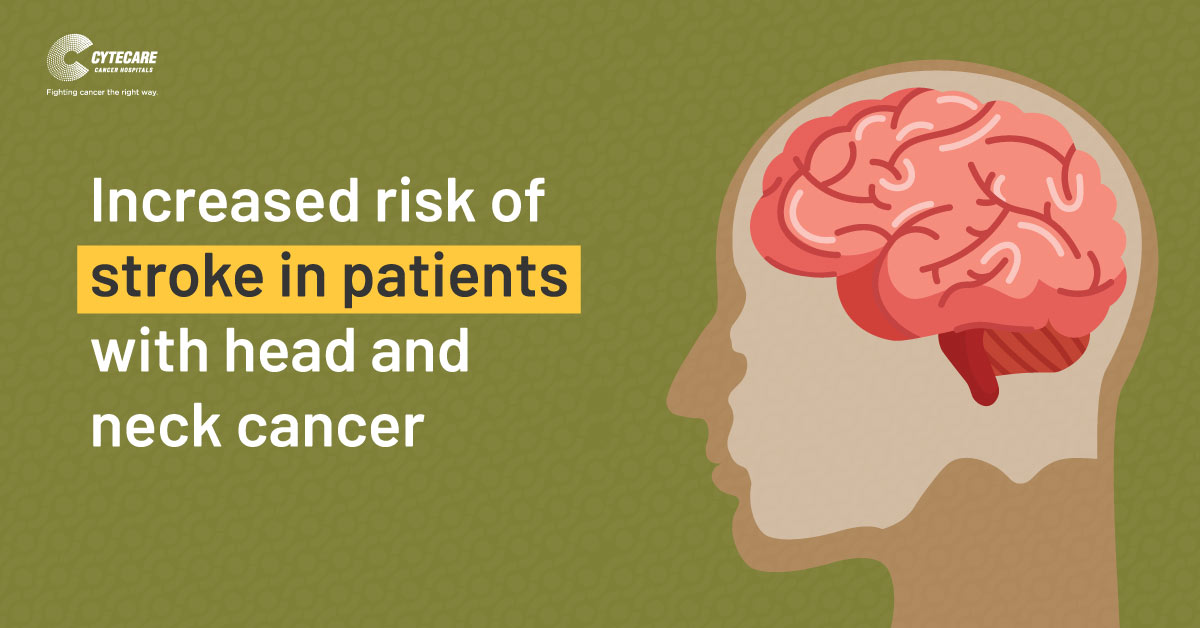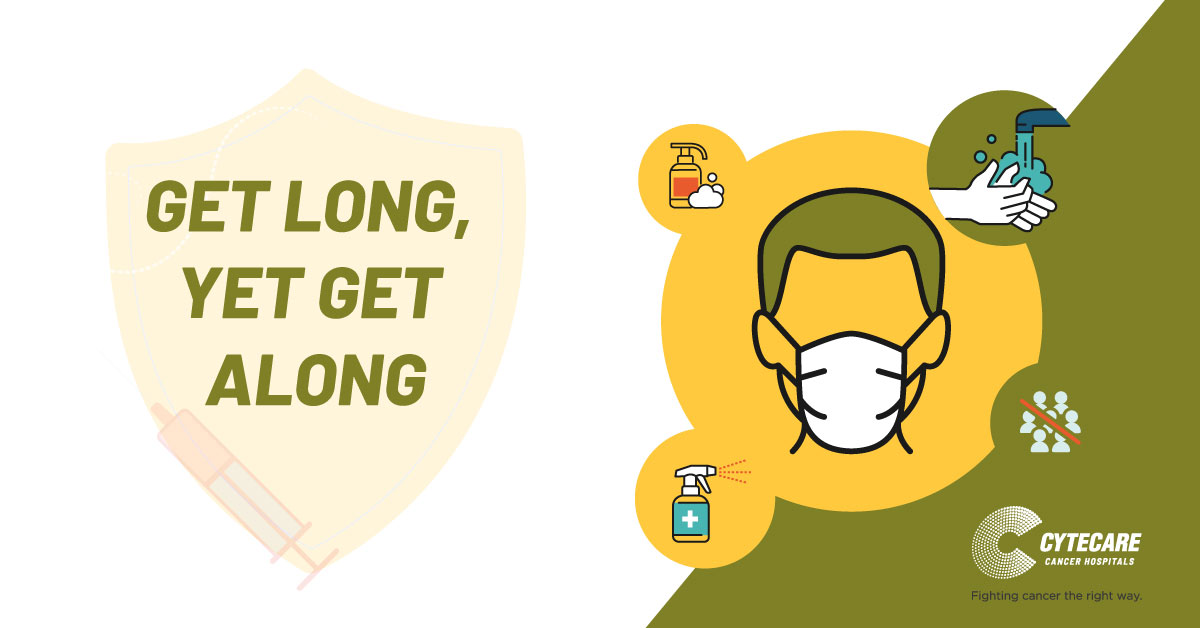

Author: DR. N K VENKATARAMANA, Senior Consultant
One of the most fascinating things to me is the development of the human brain and the human body. A single cell undergoes specialised divisions in such a way there will be a reduction and equal distribution of the genetic material and later a series of multiplications to form various organs of the body. In about 55 such multiplications, the entire human body gets formed. It is important to note that the nervous system is the first one to develop. The three initial layers called ectoderm, mesoderm, and endoderm eventually completes the human formation. Beauty and the brain develop together as the brain and skin come from the ectoderm. The development is so intricate that so many steps take place at a specific time and specific speed with specific certainty leading to the perfection and precision that the human organs have. It is like the satellite to land on the moon has to have perfectly timed actions, and anything can go wrong at any time. Similarly, many errors can happen during development leading to various defects, malformations, and metabolic abnormalities. Some are genetically mediated, and the majority are process-related. Yet, it demands amazing perfection to be normal. At the same time, the unbelievable ability of the body to correct and repair, if not to compensate, makes life more interesting. The mechanisms are too complex to comprehend. However, extrapolation of research is gradually unravelling the intricate mechanisms over time and the role of various factors that can influence, including genes.
By the time the mother realises she is pregnant, the neural tube is already formed. But Folic acid, the simple vitamin, has the ability to prevent any gross anomalies of the neural tube. Hence, the expectant mothers must take Folic acid to prevent any maldevelopment in general and the nervous system in particular. However, it should be taken at least three months before planning the pregnancy. All the developed countries have implemented a Folic acid supplementation programme and reduced the incidence of such neural anomalies. Therefore the birth of children with such deformities is avoided. In India, we still have a significant number of newborn babies with such severe abnormalities, particularly in rural areas. It is high time we too give Folic acid either in diet or in other forms to all newlywed women compulsorily.
Prevention is better than cure. Managing a disabled child is associated with many medical, social and economic problems.
Adopting ultrasound into obstetrics has become the norm to track the development of the baby and diagnose the abnormalities. The detection of such abnormalities early to make suitable decisions has led to the new branch of Foetal medicine. If the abnormality is not compatible with life, termination can be an option. Hence anomaly scans done around 15 to 17th week of pregnancy are crucial. Proper detection is the only way of avoiding long term problems. When in doubt, a foetal MRI can help to make an accurate diagnosis. Later, with advancements in technology and better understanding, some of the brain and spine abnormalities are now being corrected or repaired while the baby is still in the mother’s womb. Foetal Neurosurgery is making progress and might be the order of the day very soon. MRI scan can be performed very safely on mothers, imaging the mother as well as the baby. This is highly sensitive to study brain and spine abnormalities. The anomalies can be multiple at times. Generally, the pregnancy is continued when the abnormality is treatable, controllable or correctable based on individual merits. This involves a combined, conscious decision by the parents and the treating team. Such babies need very close follow up till they are born and beyond.
The abnormalities can include right from the scalp, skull, membranes, brain, spine and spinal cord. In addition, the nervous system and other organs can also get affected. It depends upon the type and time of the occurrence. In general, exposure to toxins, certain medicines, radiation and infections can induce such defects apart from the inherent genetic factors. At birth, every baby must be examined thoroughly for such anomalies despite all the screening. The presence of some markers on the skin can give a sufficient clue to the underlying neural tube defects. Similarly, head size, circumference and rate of growth indicates the status of brain growth. Either large heads or small should be investigated further for brain abnormalities. Babies at this stage are highly prone to brain damage. Bluish discoloration of the baby, any breathing difficulty, jaundice and infection can result in significant brain damage. Low blood sugars, especially in diabetic mothers, is another common cause of brain damage. All these risks increase multifold if the baby is premature. Maximum brain growth and maturation occur in the first two years. Hence they need close monitoring.
Childhood, too, can have a variety of problems related to the brain. Epilepsy, developmental disorders such as cerebral palsy, autism, metabolic disorders and learning disabilities are common. Later on, childhood headaches, strokes and infections will dominate. One thing that can affect any child regardless of age is a brain tumour.
Brain tumours in children
Brain tumours form the second most common cancers in children. But all the tumours are not malignant. The general rule is younger the age of the child with a brain tumour, the more the chances of it being malignant. However, its nature of brain tumor depends upon the type and location of the Tumor. Many tumours that occur in children are benign. Some of them grow so slowly they can become enormous in size before the diagnosis. Early diagnosis and complete removal is the cure for such brain tumours. Invariably these children grow normally and lead a normal life after that.
Tethered cord syndrome
Normally the spinal cord ends at the L1 vertebrae level. Due to developmental abnormality, the spinal cord can get stuck to various structures that prevent the spinal cord’s ascent with the growth of the bony spinal column. As a result, there is a tug of war as the child starts walking, bending and playing, resulting in the spinal cord’s traction and slow damage to the nerves within. This will lead to loss of control of urine, motion, loss of sensation causing wounds in the legs, delayed healing of wounds, deformity of the spine, and if not recognised early, can cause paralysis of the legs. As these children are very young, these symptoms can remain unnoticed unless the parents are observant. However, the majority of the children will have an indication of some cutaneous abnormalities over the spine as a marker of the underlying problem. It is important to recognise these markers to diagnose early and treat before the child develops a permanent neurological problem. MRI is diagnostic. With proper micro neurosurgery, these abnormalities can be corrected at the right time, helping these children to lead a normal life.
Regardless of the problem, early diagnosis and treatment are crucial to reducing long term morbidity. Improvements in imaging of the Brain-like Ultrasound, MRI, Metabolic screening, Genetic screening, molecular markers, the autoimmune screening will help to a great extent to clinch the diagnosis even in complex neurological conditions. Pediatric neurologists are adept in diagnosing and also managing them to adulthood.
Pediatric Neurology
Pediatric neurology focuses on the issues concerning the development and maturation of the nervous system and the diseases affecting children’s nervous and muscular system. The timing of milestones usually assesses brain development in children. There is a normal variation in achieving milestones in different children who are otherwise normal. Hence there is a need to detect “the abnormal from the normal” early so that appropriate investigation can be done for early detection of the cause and institute early treatment or interventions for a better outcome. Therefore developmental screening is a tool designed to identify children who should receive more intensive assessment or diagnosis, for potential developmental delays.
Birth defects are abnormalities of structure, function, or metabolism (body chemistry) present at birth (congenital), resulting in physical or mental disability. Birth defects can be caused by defective gene function, pregnancy-related problems like infections, uncontrolled diabetes and exposure to certain drugs, alcohol, chemicals or toxins during pregnancy. These birth defects can cause either physical defects or developmental disabilities. The management of children with developmental disabilities revolves around screening and early detection of the disability, finding the cause of the disability by appropriate imaging, metabolic, genetic and neuro electrophysiological tests as required.
Though it is difficult to treat these abnormalities completely, it is possible to prevent the progression and can limit the disabilities by appropriate treatment strategies. Medical, Physical, speech, occupational therapy, special education and psychological counselling can bring them to near normalcy. Today it is possible to do genetic screening, metabolic screening to identify specific defects.
Epilepsy
Epilepsy or seizures is one of the most common problems in children. In the majority, the cause for the brain cells’ disturbed functioning will not be clear, hence called idiopathic epilepsies. These are more common in childhood and adolescence, and some of them may run in families. Injury to the brain during birth and developmental derangements of the brain are two important known causes for epilepsy in children. Also, Neuro-metabolic causes and syndromic epilepsies are mostly seen in children. All these children need to be evaluated clinically and electrophysiologically and should be treated as early as possible to prevent brain damage. If an underlying cause is detected, appropriate treatment for the cause is initiated. In the majority, antiepileptic medications can control seizures effectively. A small proportion of children continue to have uncontrolled seizures despite the best medical treatment, in whom surgical treatment, ketogenic diet or Vagal nerve stimulation may be tried.
The goal of epilepsy surgery is to remove the abnormal epileptogenic zone in the brain. If it is not possible, then the surgery is done to prevent the spread of abnormal current to other brain areas and restrict the seizure spread in the brain. Curative Surgeries done for pediatric epilepsies are hemispherectomy (removal of one-half of the brain) as in Sturge-Weber syndrome, lesionectomy (removal of a small part of the brain which is responsible for seizures) as in Rasmussen’s encephalitis, cortical dysplasia and gliosis. Subpial resection and corpus callosotomy are palliative surgeries (surgeries to prevent the spread of abnormal current in the brain). Neuroendoscopy describes the use of endoscopes to gain access to the brain, spine and peripheral nervous system allowing a”minimally invasive” approach to some conditions. Neuroendoscopy may be useful in the management of hydrocephalus, cystic lesions of the brain and spinal cord tumours.
Cerebral Palsy
Cerebral palsy (CP) is primarily a disorder affecting the movements and actions performed by various muscles of the body (motor disorder). Though described as non-progressive, the disability (due to the damage sustained at a time during early childhood) can be dynamic or progress.
Autism
The term autism spectrum disorders (ASD) refers to a group of neurodevelopmental disorders characterized by impairment in three areas: social interaction, verbal and non-verbal communication or language, and a stereotyped restricted or repetitive pattern of behaviour, interests and activities. Autism occurs due to a combination of genetic and environmental factors, though the exact aetiology is unknown. They usually present with speech delay, hyperactive, poor eye contact and socialization. Early identification, assessment and diagnosis are the first steps. Early intervention with medications and therapy improve the prognosis in most children with Autism.
ADHD (Attention Deficit Hyperactive Disorder – Inattention, Hyperactive and Impulsivity), Intellectual Impairment (Poor IQ), Specific Learning Disability (SLD), Hypothyroidism, etc., are the most common causes for poor school performance. They should be evaluated and may require medications and therapies for a better outcome. Unfortunately, approximately 5 lakh children are being diagnosed freshly every year with such above conditions.
Childhood Headache
Childhood headache is very commonly seen in 70 to 90 % of children by 15yrs of age. Primary headaches like Childhood Migraine are the most common cause and are often misdiagnosed or under-diagnosed. Dangerous secondary causes of headaches like infection, tumour, increased pressure, or bleeding should always be ruled out. Correct diagnosis and intervention with medications, diet and lifestyle modification and bio-behavioural therapy go a long way to improve the quality of life. The headache is common in adults. However, if a child complains of a headache, it should not be taken lightly or neglected.
Muscle disorders
The muscle diseases like myopathies and muscular dystrophies constitute a major cause for motor disability in children. These children’s management aims to establish a diagnosis, reducing disability, rehabilitation, and genetic counselling. The muscle disease diagnosis is based on the careful assessment of the child, electrophysiological investigations like ENMG, blood enzyme analysis, muscle biopsy, and genetic studies. The parents of such a child need to be counselled at the possibility of having another child with a similar illness and how to prevent it in other siblings. There are some treatable muscle disorders; hence their identification is important to treat them early and reduce the long term disability.
Autoimmune encephalitis
Autoimmune disorders are a group of conditions that can cause damage to the brain as well as the spinal cord, causing a variety of problems starting from seizures to major neurological diseases. However, if a diagnosis is made early and treated adequately, significant conditions can be corrected and controlled.
Stroke in children
Stroke is always considered to be an adult disease. However, stroke, as well as brain haemorrhage (brain attack), can occur in young children too. The blood vessels’ primary diseases, inflammatory diseases such as vasculitis, infections, and congenital abnormality of the blood vessels are the most common causes. Among the acquired ones, Moyamoya disease is common due to the gradual occlusion of major blood vessels supplying the brain.
Pediatric Neurosurgery
It is a highly specialised sub speciality that requires tremendous skill and safety measures to deal with delicate & growing brains. The physiology of children is completely different from that of an adult. The blood volume, circulation time, sensitivity for body temperatures, blood constituents like electrolytes have different implications in the management of these children. All the parameters need to be meticulously monitored during the surgery. Therefore, pediatric Neurosurgery requires much more gadgets for monitoring and needs teamwork support with the pediatric neuro anaesthesiologist. The response and the reactions to various deviations can be entirely different from the adult responses. Hence a dedicated team is required to perform pediatric neurosurgery.


